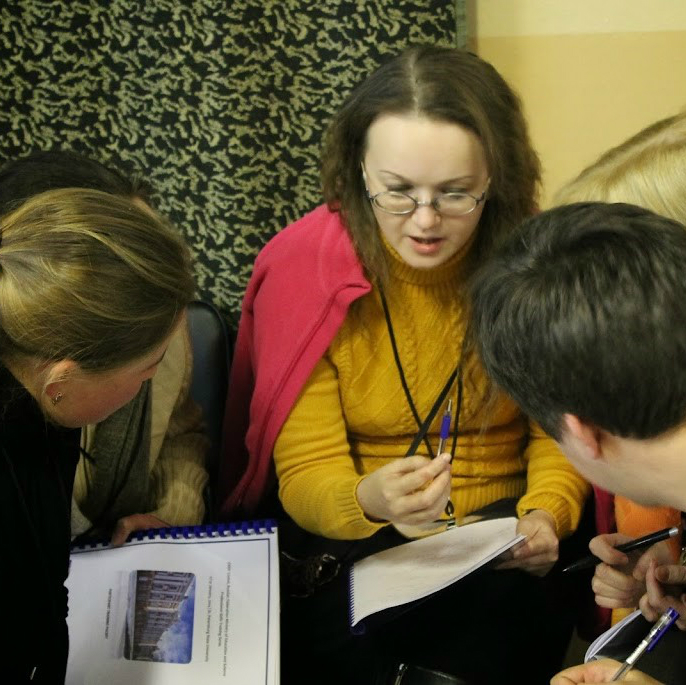Communicating Science in Not So Plain English

Mary Jo Sterne discusses the complexities of communicating science for non-English speaking researchers.
It’s the year 2065. A young scientist in Beijing wakes up and turns on his computer. A robot brings him a cup of coffee as he logs into his virtual laboratory and greets his coworkers. He checks in with his teammates in Seoul and Honolulu and then chats briefly with his co-author in San Francisco before she logs off for dinner. He then has a few hours to run some experiments at CERN before his supervisor in Astana and his co-author in New Delhi wake up. As he scans his video mail, he sees an update from his collaborator in Rio de Janeiro. Although she recorded the message in Portuguese, he hears it in perfect Mandarin. In fact, all of his interactions with his team are instantly translated based on each individual’s language preferences.
In 2015, we are nowhere near this reality. Internet translation has come a long way in the past few years, but it still has a ways to go. One of the first online translators, altavista’s now-defunct Babel Fish (which took its name from a race of alien translators in Douglas Adam’s Hitchhiker’s Guide to the Galaxy), seems Paleolithic when compared to Google Translate, which offers 90 languages to 500 million monthly users and now has the ability to translate images and spoken language. However, it is far from perfect, as evidenced by the YouTube series “Google Translate Sings,” which runs the lyrics of popular songs through multiple layers of Google Translate with humorous results. Not to be left behind, Microsoft has released Skype Translator, which serves as simultaneous translation for those using Skype, but it is still in its early stages and only available for voice translation in six languages.
Machine translation is constantly improving itself through community input, but it is no substitute for actually learning a language. For better or worse, English is currently the international language of science (and has been since the mid-20th century), it behooves scientists around the world to study English.
Learning English makes it easier for scientists to understand the nuances of scientific articles, which might be lost in machine translation. This exposes them to a wider base of available literature. Conversely, learning the language makes it easier for scientists to publish in English, which in turn exposes their work to a broader audience and increases their citation index. The international scientific community reads more English-language journals than non-English-language journals. Finally, learning English makes it easier for scientists to attend international conferences and meet potential collaborators.
Scientific English is very technical; an Introduction to English Composition course is not going to be much use for writing a scientific article. Some forward-thinking institutions have started teaching Scientific English as a specific language. Online modules are available through Nature Education and Worcester Polytechnic Institute. Cambridge University Press also publishes a textbook on the topic. However, none of these are a substitute for courses with an experienced English instructor. As more US and international universities concentrate their focus on STEM education, I predict that Scientific English will show up in more foreign language departments.
Our young scientist in China hasn’t been born yet, and he might grow up in a very different world than we now live in, thanks to advances in technology. But until then, scientists must learn to communicate with each other the old-fashioned way – through the power of the human mind.



